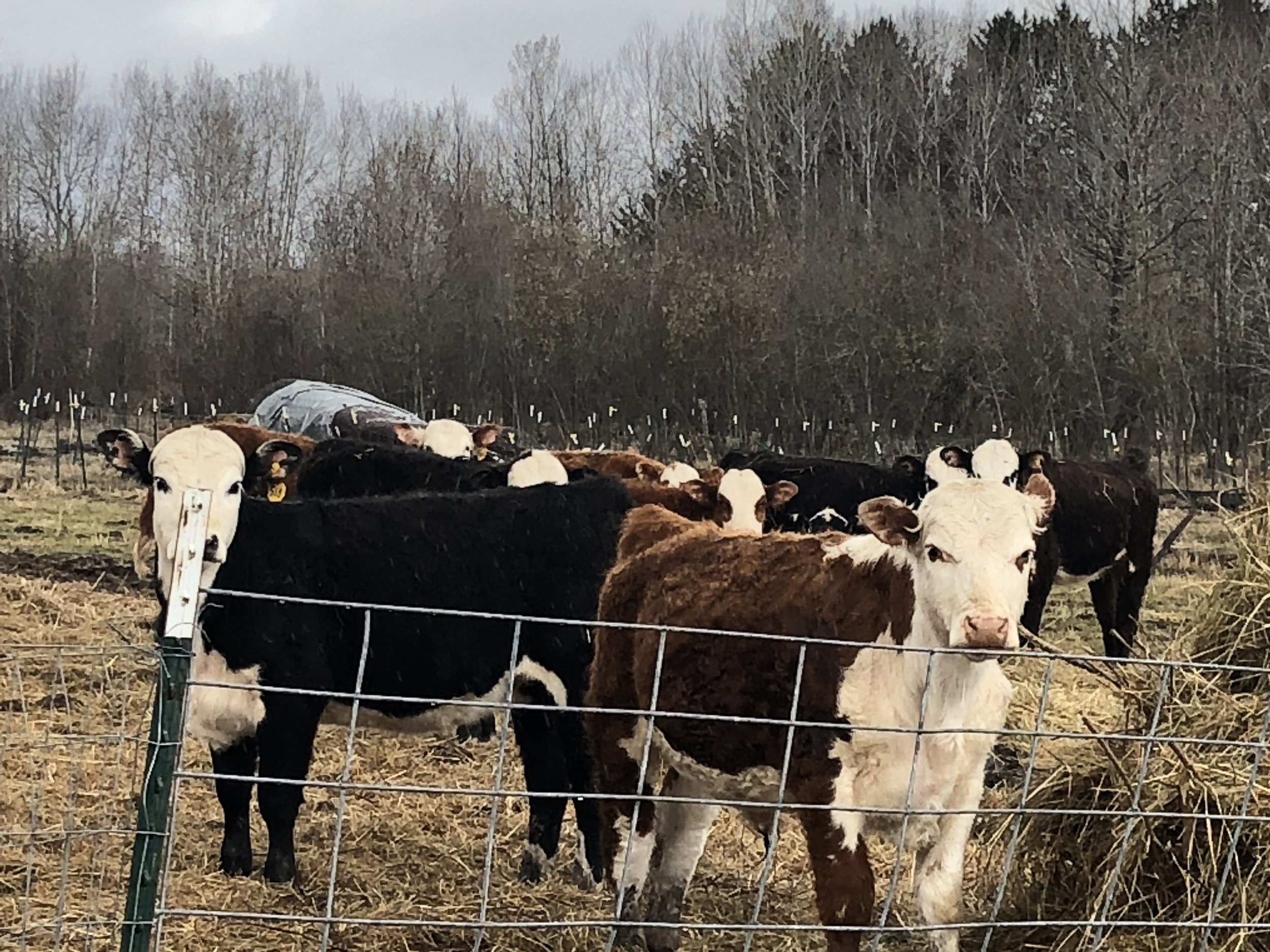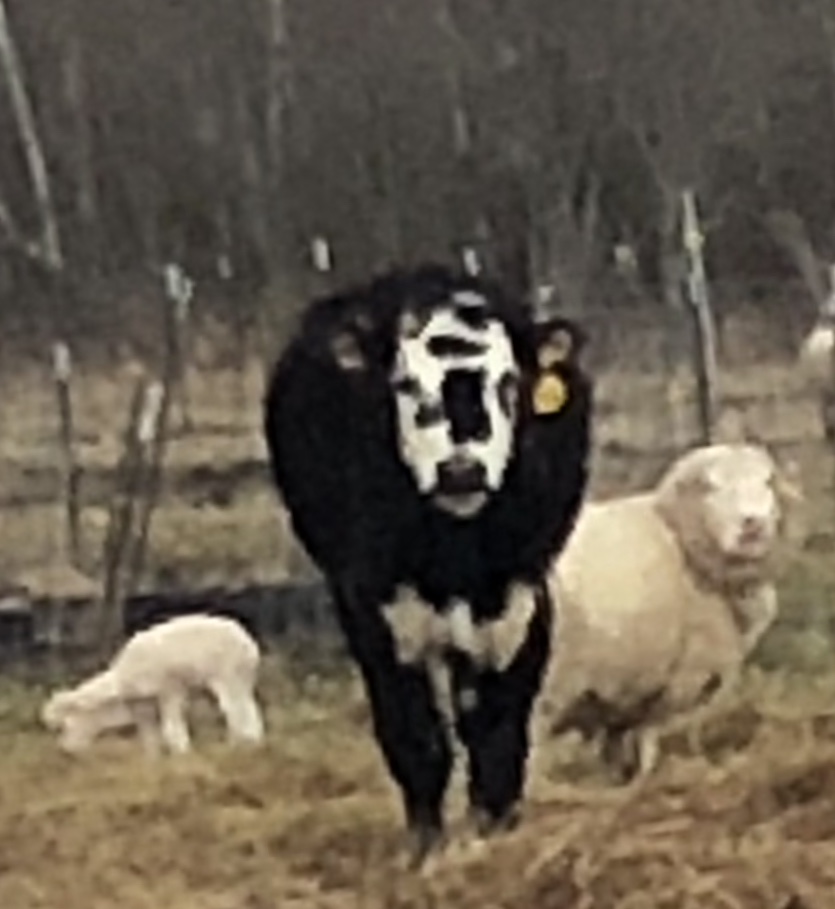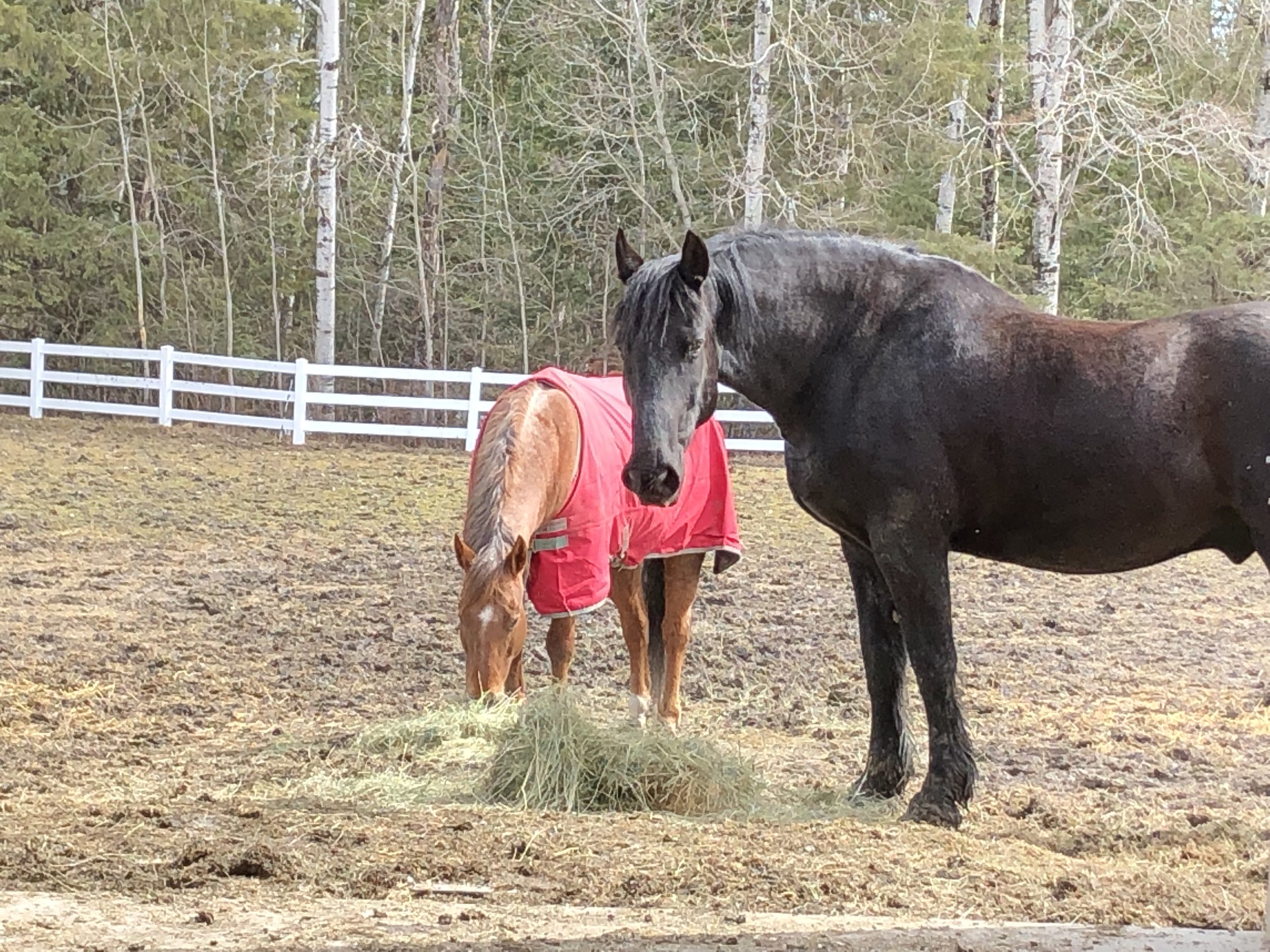Bet you didn’t know that the United States Department of Agriculture was established under President Lincoln in 1862! The Act establishing the USDA envisioned a department “established at the seat of government” which would acquire and diffuse information on agriculture and would procure, propagate, and distribute new and valuable seeds and plants. In 1969, over 100 years later, the Food and Nutrition Service was initiated within the USDA to address the issue of hunger in the U.S. Nutrition assistance, commodities programs, conservation, crop insurance and “other” are the categories of expenditures authorized in the Farm Bill which funds the USDA today. It’s the very tiny “other” category (1% of funding) that I want to focus on. That’s where the programs focused on local and regional food systems reside. In the most recent Farm Bill, those programs were given permanent status, finally.
The Rutabaga Project, administered by the Arrowhead Economic Opportunity Agency and the Iron Range Partnership for Sustainability applied for funds under the “Farmers Market Promotion Program” capacity building opportunity. And our proposal has been funded for three years, giving the Rutabaga Project much-needed support to spur local food production and consumption. That work is a delicate balancing act: encouraging local farmers to grow for farmers markets and direct-to-consumer selling doesn’t work unless there are consumers who are committed to shopping at the local farmers markets and buying directly from those farmers. And, likewise, building up consumer demand for local food won’t be successful unless local growers can supply it. It’s going to take concerted effort on both initiatives to build a vibrant local food system.
You might remember that in 2018, the Iron Range Partnership for Sustainability, with support from the Department of Iron Range Resources and Rehabilitation, published a study “Local Food as an Economic Driver: A Study of the Potential Impact of Local Foods in the Taconite Assistance Area.” That report concluded that, achieving only 20% local food purchasing could generate 250-694 jobs and keep $51 million food dollars circulating locally. So we have an identifiable target for our efforts and an idea of the potential economic benefits, not to mention the benefits of local food for our region’s health. The Rutabaga Project has sought and received a number of grants to analyze the local food system capacity, and to make local food more accessible to a wider range of folks. But they were fairly small grants that couldn’t sustain the project into the future. We had previously submitted two unsuccessful USDA grants, so we knew how much work these grants involved when we decided to move ahead. In December, we learned that this part of the Rutabaga Project’s work plan had been funded.
Celebrations were in order! And now, down to the work. Here’s the executive summary from the grant narrative: “The project will conduct market analysis, outreach, recruitment, training, and support for farmers and farmers markets to expand the production and sale of local food. [It] will increase local food sales in our region by strengthening producer-to-consumer market opportunities through restaurants, grocery stores, farmers markets, school districts, and a new aggregated CSA [Community Supported Agriculture]. We will strengthen our region’s growing capacity by providing training for new and existing farmers and recruiting six new farmers to sell to consumers. Our promotional efforts will focus on outreach to consumers through our ‘Arrowhead Grown’ campaign, which encourages consumers to buy local food.”
Part of that Arrowhead Grown campaign, done in conjunction with the Arrowhead Farm Bureau, Iron Range Tourism, Visit Grand Rapids and the Lake Superior Sustainable Farming Association, was the initiation of the www.arrowheadgrown.org website and a printed booklet identifying all of the farmers markets in the Arrowhead region, their locations and hours. Another part of the campaign, funded by the University of Minnesota Northeast Regional Sustainable Development Partnership, will be a 2020 Local Food Trail targeted to tourists and residents alike. A “passport” booklet will identify farmers markets, u-pick farms and restaurants serving local food on the Range. Participants can visit these over the course of the summer, get their passport booklets stamped, and turn in the booklet to win a weekend getaway through the Iron Range Tourism Bureau. A third part of the campaign is a billboard effort aimed at tourists and funded by the Department of Iron Range Resources and Rehabilitation, the Arrowhead Farm Bureau, the Blandin Foundation, and the Iron Range Tourism Bureau. Watch for the Local Food Trail and billboards this spring!
The USDA grant will focus on four specific efforts over the next three years. 1. Expanding four rural farmers markets (Cook Area Farmers Market, Tower Farmers Market, Virginia Market Square and Hibbing Farmers Market), 2. growing the existing Mesabi East Farm to School program and expanding that to the new Virginia/Eveleth/Gilbert school as it develops, 3. Replacing a local CSA which closed last year, and 4. Implementing a farm-to-retail program with local groceries and restaurants. If you would like to be a part of these efforts, contact the Rutabaga Project Manager, Kelsey Gantzer, at 218-404-8466 or Kelsey.gantzer@aeoa.org.
Approximately 24 local farmers currently sell through the four identified farmers markets. We hope to expand that number and to recruit and support six new farmers who want to start or expand a farm. The new CSA will be an aggregated CSA which combines produce from a number of farms and distributes it to area members. We hope to be able to offer reduced-cost CSA shares to eligible families as well. We’ll be cheering on Mesabi East’s Farm to School program and working with the Virginia/Eveleth/Gilbert merger committee to incorporate Farm to School in the new effort. We’ll be approaching area restaurants to help familiarize them with the process of buying local produce and streamlining it so that it’s easy to do, then helping them to publicize their local offerings. We’ll be working with grocery stores to add local produce, too. We hope you will do your part to help us build up our local food system by buying local whenever you can!




























































